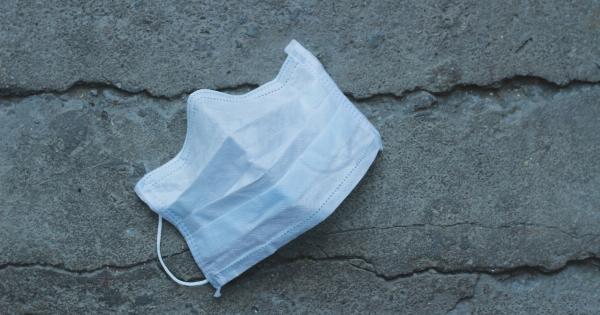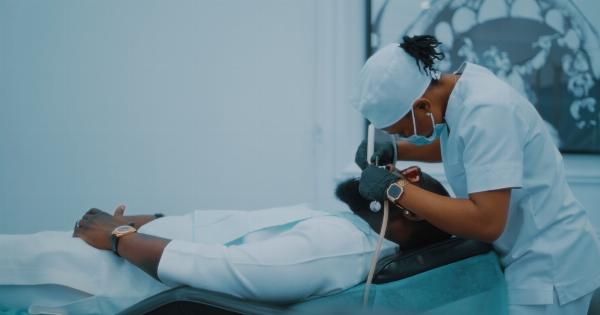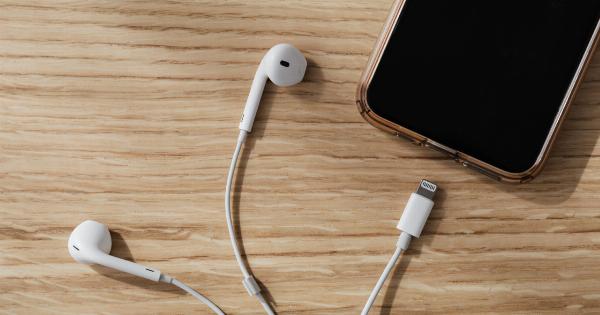Urinary problems are no laughing matter. Often, people with urinary issues have to deal with embarrassing symptoms that can have a significant impact on their health and well-being.
However, thanks to advances in diagnostic imaging, it’s now possible to diagnose urinary problems quickly and accurately. Imaging tests can show the structure and function of the urinary tract, making it easier for doctors to identify and treat issues.
Understanding Imaging Tests for Urinary Problems
There are several types of imaging tests that can help diagnose urinary problems. These include:.
1. Computed tomography (CT) scan
A CT scan uses X-rays and computer technology to create detailed images of the urinary tract. This test is ideal for identifying stones, tumors, and other abnormalities in the urinary system.
2. Magnetic resonance imaging (MRI)
An MRI uses powerful magnets and radio waves to create detailed images of the urinary tract. This test is particularly useful for detecting cancer and other abnormalities in the bladder and kidneys.
3. Ultrasound
Ultrasound uses high-frequency sound waves to create images of the urinary tract. This test is often used for diagnosing urinary tract infections and other issues that affect the kidneys and bladder.
If you’re scheduled to have one of these tests, it’s essential to know what to expect. Imaging tests are generally non-invasive, but they can be uncomfortable or intimidating, especially for people who have never had one before.
Preparing for Imaging Tests
Prior to an imaging test, your doctor will provide you with specific instructions. These may include:.
1. Fasting
Depending on the test, you may be required to fast for a specific amount of time before the procedure. This is because the presence of food in your stomach can interfere with the imaging results.
2. Drinking fluids
In some instances, your doctor may ask you to drink fluids before the test. This is because a full bladder or urinary tract can help provide a more accurate picture of your urinary system.
3. Discontinuing certain medications
In some cases, your doctor may ask you to stop taking certain medications before the test. This is because these drugs can interfere with the results, potentially leading to inaccurate or inconclusive test results.
The best way to prepare for an imaging test is to follow your doctor’s instructions carefully. If you have any questions or concerns about your test, be sure to speak up and get the answers you need.
Coping with Images
Receiving a diagnosis of a urinary problem can be a shock. However, having an accurate diagnosis is the first step toward getting the treatment you need to manage your condition.
If you’re struggling with the emotional impact of your diagnosis, it’s essential to find ways to cope.
1. Connect with others
One of the best ways to cope with a urinary problem is to connect with others who are going through similar experiences. Support groups, online forums, and other resources can provide valuable information and emotional support.
2. Learn as much as you can
The more you know about your condition, the better equipped you’ll be to manage it. Talk to your doctor, research your condition online and in books, and ask questions whenever you have them.
3. Practice self-care
Living with a urinary problem can be physically and emotionally draining. Make sure to take care of yourself by getting enough sleep, eating a healthy diet, and engaging in regular physical activity.
The Bottom Line
Urinary problems can be challenging to deal with, but with the right care and support, it’s possible to manage them successfully.
If you’re awaiting an imaging test or have already received a diagnosis, be sure to connect with others, learn as much as you can, and practice self-care.






























